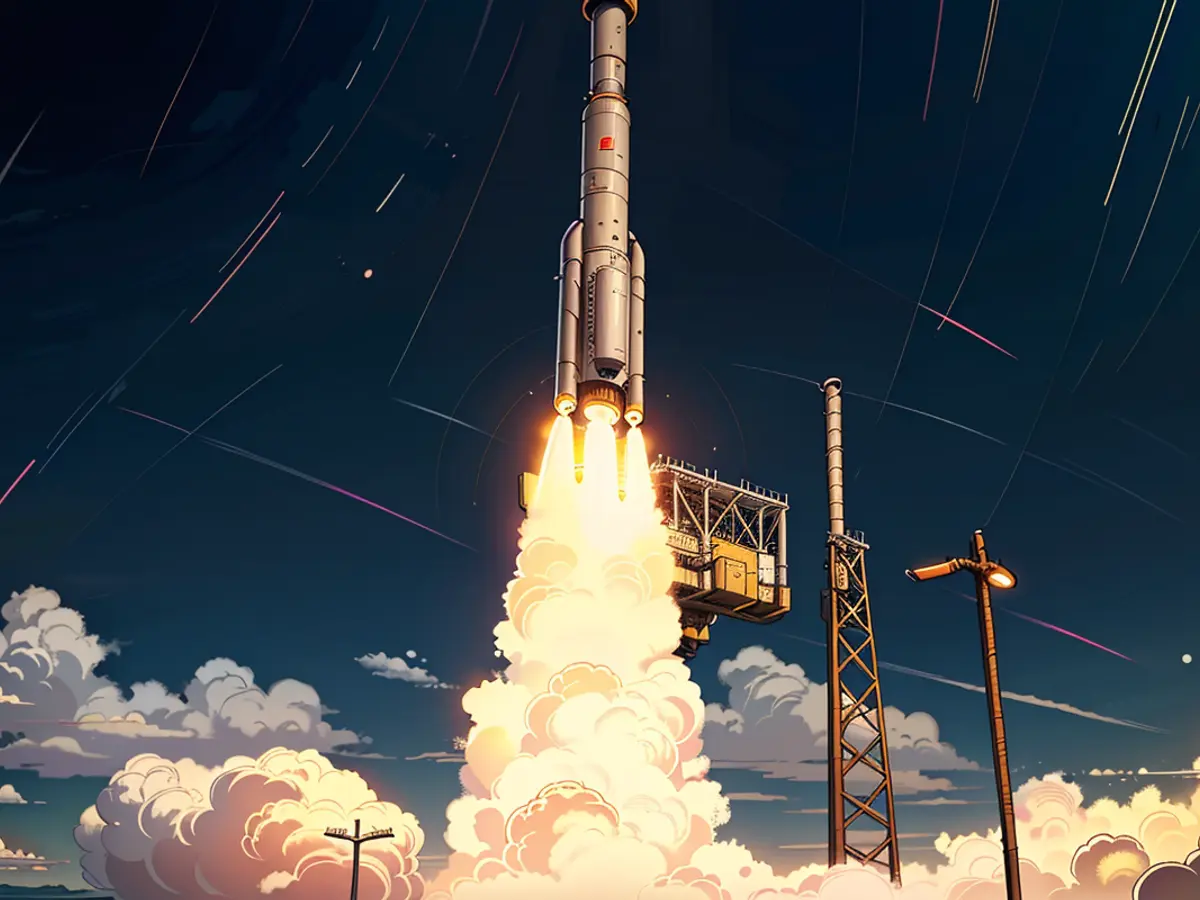Journeying through space - Spacecraft "Starliner" successfully connected to ISS amidst issues.
A "Starliner" spacecraft with two NASA astronauts managed to dock at the International Space Station (ISS) following a series of technical issues during its voyage. The spacecraft, which faced multiple troubles, successfully attached to the ISS during its second attempt as displayed in real-time footage released by the US space agency NASA. Steve Stich, general manager of NASA's Commercial Crew Program, later relayed to reporters that the team executed the task effectively.
Upon docking, Barry Wilmore and Suni Williams, the two NASA astronauts, emerged from their vehicle and conversed with the cosmonauts onboard the ISS. Wilmore expressed readiness to perform whatever tasks required of them at a brief welcome ceremony. The pair is projected to remain there for approximately one week.
Before successfully tethering to the ISS, two additional helium leaks were discovered. Previously, one helium leak was detected prior to the launch, but NASA officials stressed that it didn't pose a hazard to the mission. Now, all three leaks are under surveillance, valves have been closed, and the spacecraft remains stable, the space agency reported.
Vice President of the United States Kamala Harris described the event as a "significant milestone" in the field of manned spaceflight. The "Starliner" – a partially reusable vehicle that carries a crew capsule and a service module, landing on land as opposed to the water like SpaceX's "Crew Dragon" – had experienced delays in its flight planning due to issues with both the spacecraft and rocket.
In May 2022, the "Starliner," developed and manufactured by Boeing, concluded its first uncrewed mission to the ISS, spending four days there – a trial run for the spacecraft. Moving forward, it's intended to carry astronauts to the ISS as an alternative to the "Crew Dragon" space capsule. However, the project lags behind schedule while the "Crew Dragon" has been carting astronauts to and from the ISS for years.
Read also:
The "Starliner" spacecraft, facing multiple technical issues, successfully docked at the International Space Station (ISS) near Cape Canaveral, Florida. Astronauts Barry Wilmore and Suni Williams, aboard the "Starliner", participated in a welcome ceremony with cosmonauts on the ISS. Vice President Kamala Harris hailed the docking as a significant milestone in manned spaceflight.
Despite the technical challenges, NASA reported that all three helium leaks in the "Starliner" are under surveillance. Boeing's "Starliner", which had delayed its flight planning due to spacecraft and rocket issues, completed its first uncrewed mission to the ISS in May 2022. NASA aims to use the "Starliner" to transport astronauts to the ISS as an alternative to SpaceX's "Crew Dragon", which has been operational for years.
This US-based space travel advancement falls under the umbrella of scientific exploration and innovation, further pushing the boundaries of what is achievable in space travel. The successful connection of the "Starliner" to the ISS is a testament to NASA's ongoing commitment to space exploration, contributing to the international cooperation in spheres of science and space.







